
Was this Canon’s most monumental year to date? With the arrival of the flagship Canon EOS R1, the workhorse R5 Mark II cameras, a trio of ultra-fast hybrid primes, the RF 70-200mm f/2.8 Z trinity lens all the pros were pining for, and finally – after five long years – showing signs of opening the AF doors to third-party lens manufacturers.
It’s hard to think of another year in recent history quite as important for global leader in camera manufacturing.
There have been some huge developments for Canon in the past 12 months, and here I cast my mind back to the beginning of the year and run through all of the company’s biggest milestones of 2024. Let's get started…
April: AF gets liberated
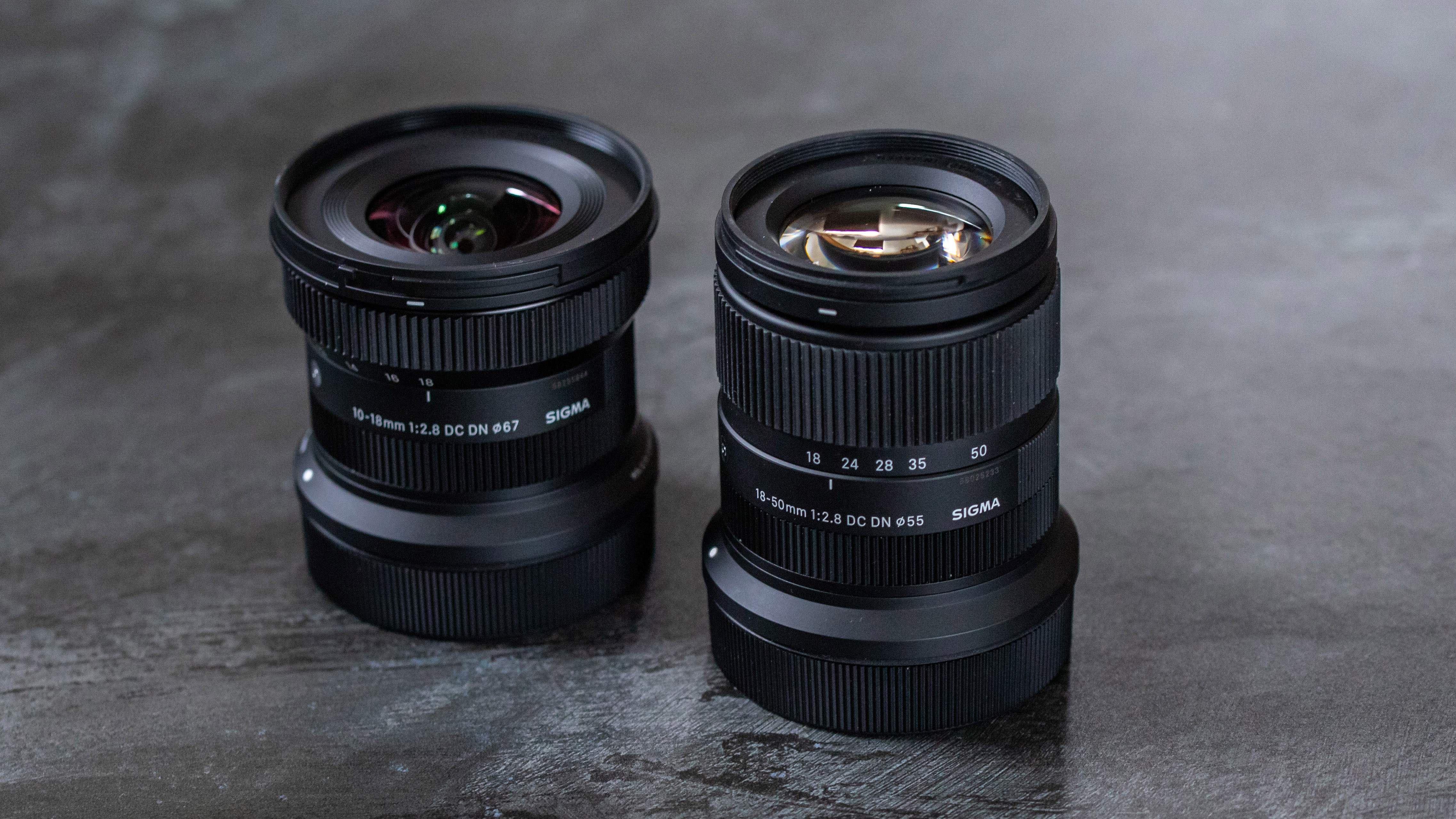
In spring, Canon finally opened the door to third-party lens manufacturers to start releasing lenses with autofocus capabilities for its R-series cameras. Although not letting third-party manufacturers completely off the reigns, with full-frame glass still off limits, it was a step in the right direction and we saw a wave of new lenses announced for RF-S mount cameras (which feature an APS-C sensor).
This included six Sigma lenses from its Contemporary range: the Sigma 18-50mm f/2.8 DC DN, the 10-18mm f/2.8 DC DN, the 16mm f/1.4 DC DN, the 23mm f/1.4 DC DN, the 30mm f/1.4 DC DN and the Sigma 56mm f/1.4 DC DN. Tamron announced that it had an 11-20mm f/2.8 Di III-A RXD in the oven, too.
Bringing out the big guns
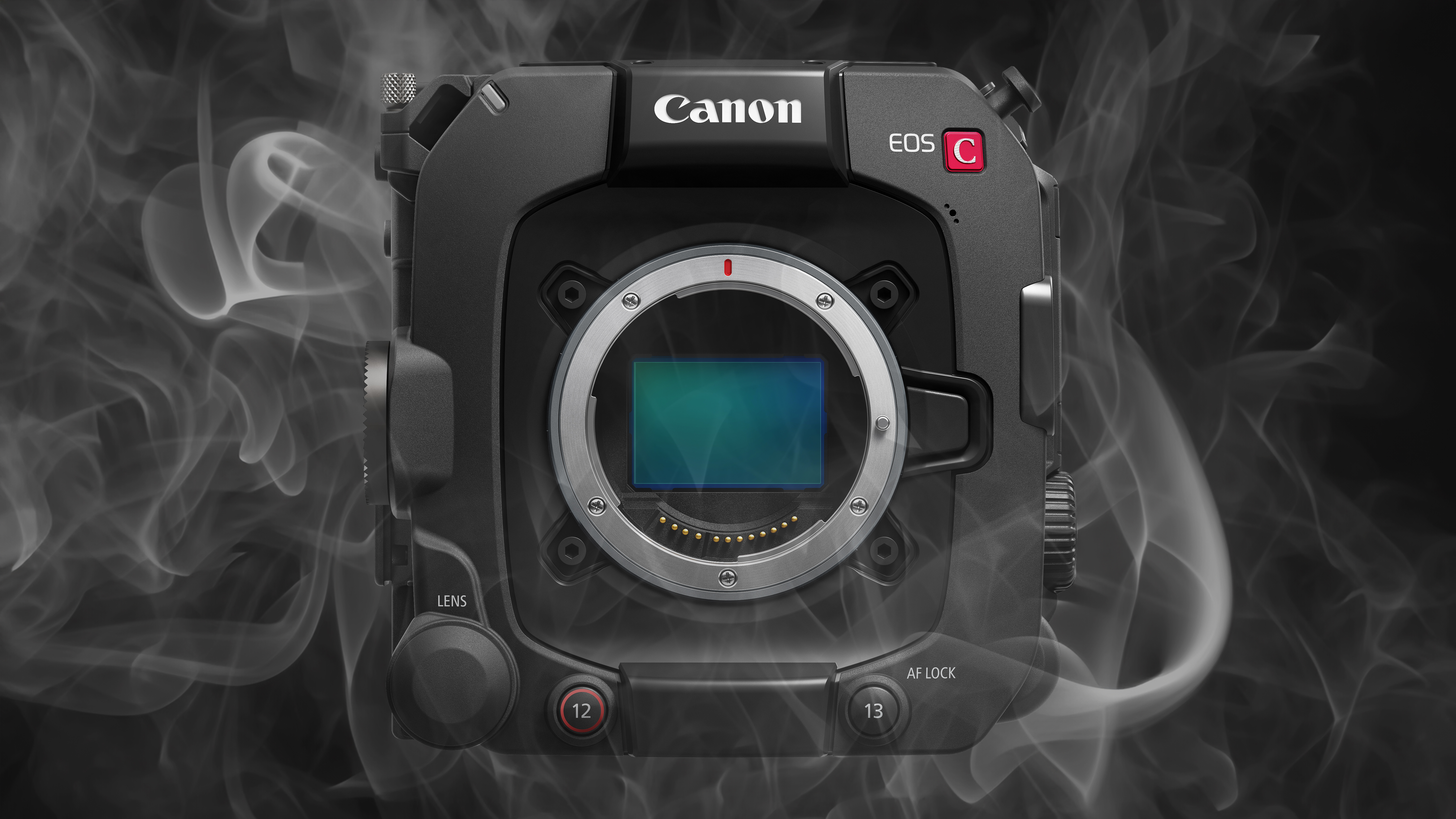
Just months after two of its arch rivals joined forces, with Nikon acquiring Red, Canon unleashed its own bombshell in the word of cine cameras: the Canon EOS C400, which debuted after almost a decade of rumors!
Canon's first full-frame RF mount cinema camera, the C400 offered 12-bit 6K 60p RAW, triple-base ISO (yes, really), Dual Pixel CMOS Autofocus II as well as support for 180° VR video.
While sitting below the Canon EOS C500 Mark II, it delivers some incredible features – not least base ISOs of 800, 3200 and 12800 to offer an incredible dynamic range spectrum, eclipsing the dual base ISO and dual gain ISO systems of competitors.
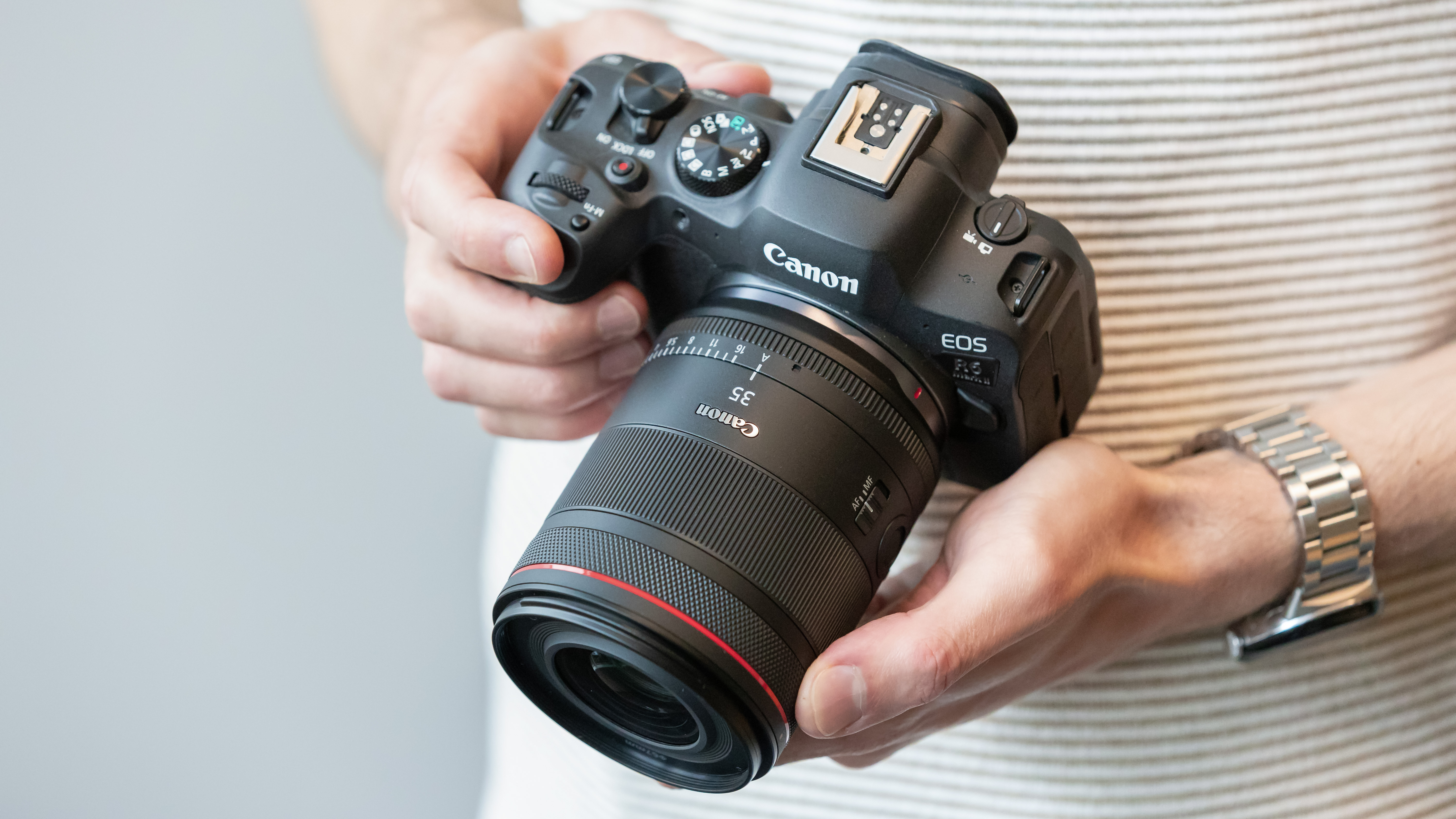
Early summer also saw Canon release its second hybrid lens, hot on the heels of the Canon RF 24-105mm f/2.8L IS USM Z that launched back in November 2023. The new hybrid was a prime this time around, in the shape of an RF 35mm f/1.4L VCM, which would be joined by two more later in the year (see October).
The new hybrid boasted a standard wide-angle 35mm focal length and bright f/1.4 maximum aperture, plus a de-clicked Iris ring that made it just as suitable for video as stills photos, as well as a blisteringly fast, smooth and quiet Voice Coil Motor (VCM).

Also in June we also saw Canon continuing to support its line of dual lens optics for virtual reality, this time with an affordable non-L-series RF-S 3.9mm f/3.5 STM Dual Fisheye for use with Canon’s EOS R7 – a more affordable option to the existing, 8K-oriented RF 5.2mm f/2.8L Dual Fisheye that was designed with the EOS R5 in mind.

Rounding things off in a jam-packed month, we got a brand-new professional printer with the A2+ Canon ImagePrograf Pro-1100 – which was an update to the nearly decade-old ImagePrograf Pro-1000, boasting a slew of new features including deeper blacks, better bronzing, greater lifespan and 5G connectivity.
Flagships and firepower
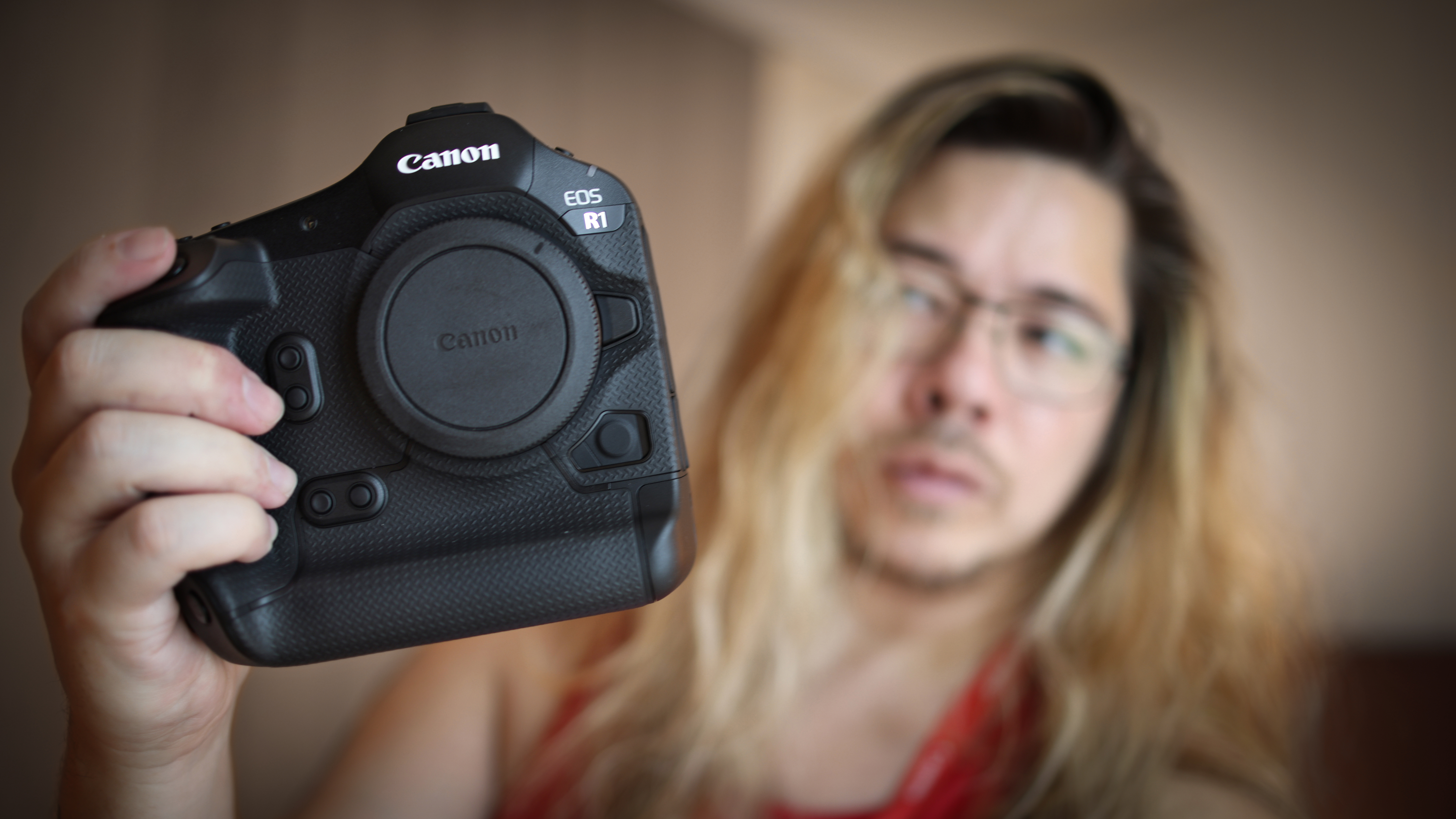
July 17 was the date in everyone’s calendar, when Canon promised that "Something Big" was coming – and boy, it did not disappoint. Canon strategically chose this time ahead of the Paris 2024 Olympics to announce its long-awaited (and even longer-rumored) flagship, the Canon EOS R1 in tandem with the Canon EOS R5 Mark II – both of which offer the maximum firepower from an R-series camera to date.
Perhaps unsurprisingly, these two professional cameras (also a first, as Canon did not previously position the 5-series as a professional range) shared a lot of similar DNA. Both are total speed demons, using Canon’s new Accelerated Capture system. This is a twin processor setup where the Digic X Processor is paired with a new Digic Accelerator processor for faster and algorithmic autofocus, precise and predictive tracking even through obstacles, increased frame rates, reduced rolling shutter and face-specific subject-tracking.
Both cameras make use of newly designed back-illuminated stacked sensors, said to improve noise reduction and boost detail. The improved in-body image stabilization promised up to 8.5 stops of compensation in the center and, in a nod to new CIPA ratings, 7.5 stops in the corners.
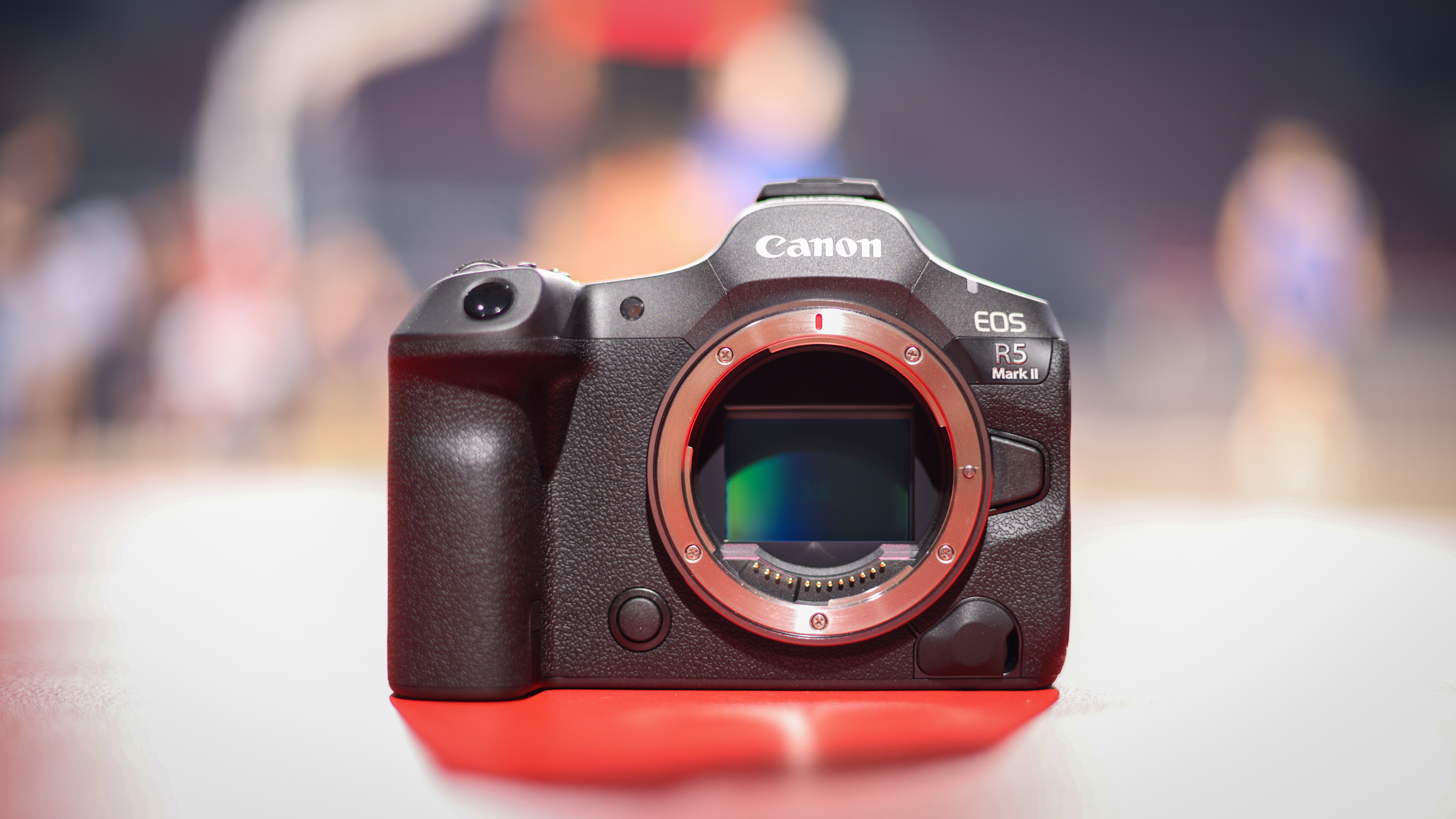
The R5 Mark II keeps the same 45MP resolution as its predecessor, though its processor enables better noise performance and its electronic shutter received a 50% boost from 20fps to a whopping 30fps – and rolling shutter is drastically reduced, thanks to the stacked sensor. It also features in-camera upscaling to transform the native 45MP images into huge 180MP photos in-camera, and can use Neural Network Noise Reduction to reduce noise by up to 2 stops as well!
The R1 is the true flagship that most many pros had been waiting for, as the EOS R3 – while still a great camera for sports photography – was always keeping the seat warm. As you’d expect for a flagship, it has the built-in grip and bigger battery so you can shoot for longer, and features an ethernet port for 2.5Gbps transfer speeds.
Its sweet spot 24.2MP full-frame, back-illuminated, stacked Dual Pixel CMOS AF sensor offers superb sensitivity, with a fast readout speed of approximately 2ms. And the same in-camera Neural network Image Processing enables the R1 to turn those 24.2MP files into 96MP images – with the same optional 2-stop noise reduction.
I ❤️ 80s
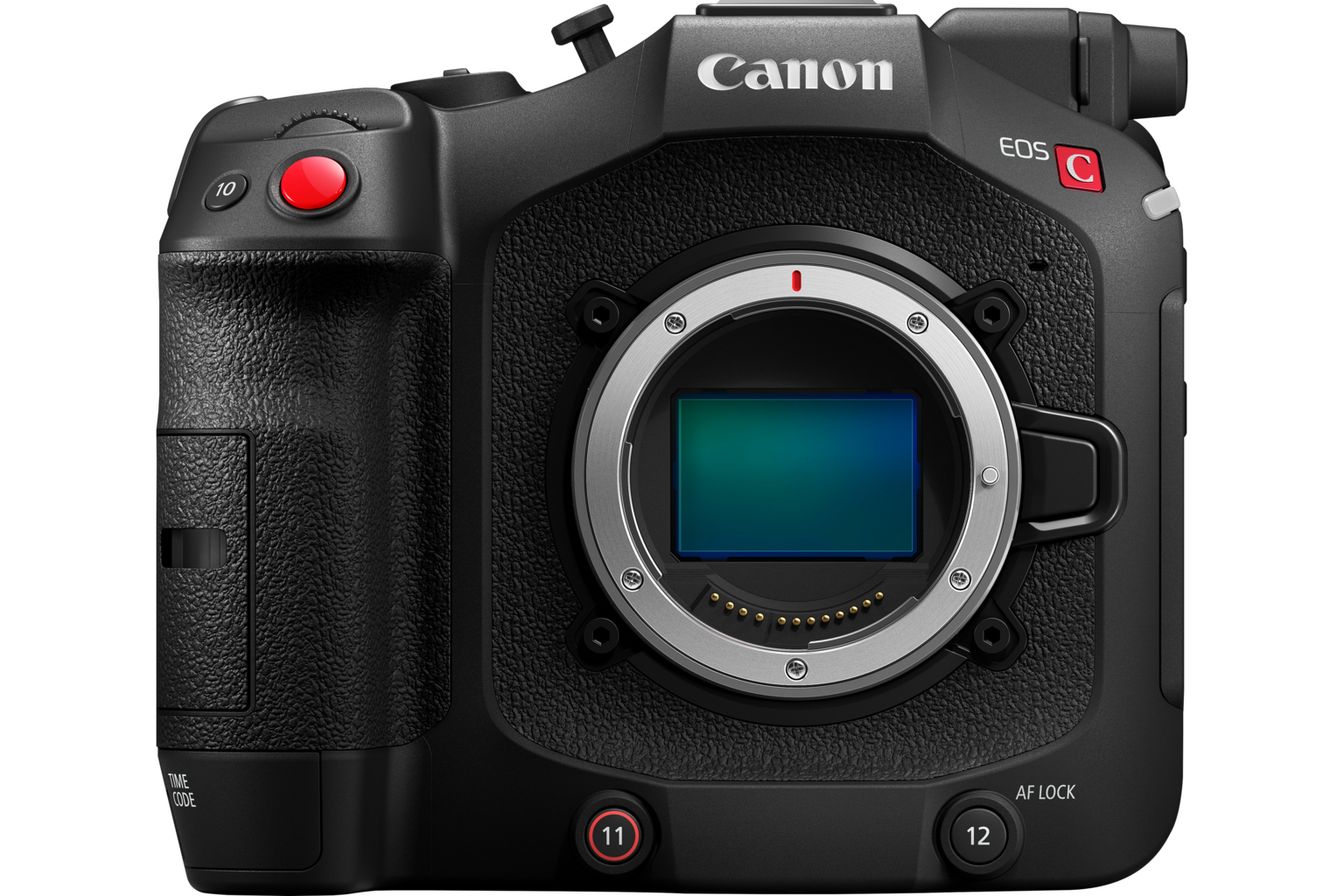
Even when the summer Olympics was over and Canon had revealed two of its most important cameras to date, there was no stopping it! In September we were treated to the brand-new Canon EOS C80 cinema camera – the successor to the monumentally popular Canon EOS C70 (the company's first RF cinema camera) featuring a 26MP full-frame stacked CMOS chip and sharing much of its DNA with the C400 but at a more affordable price.
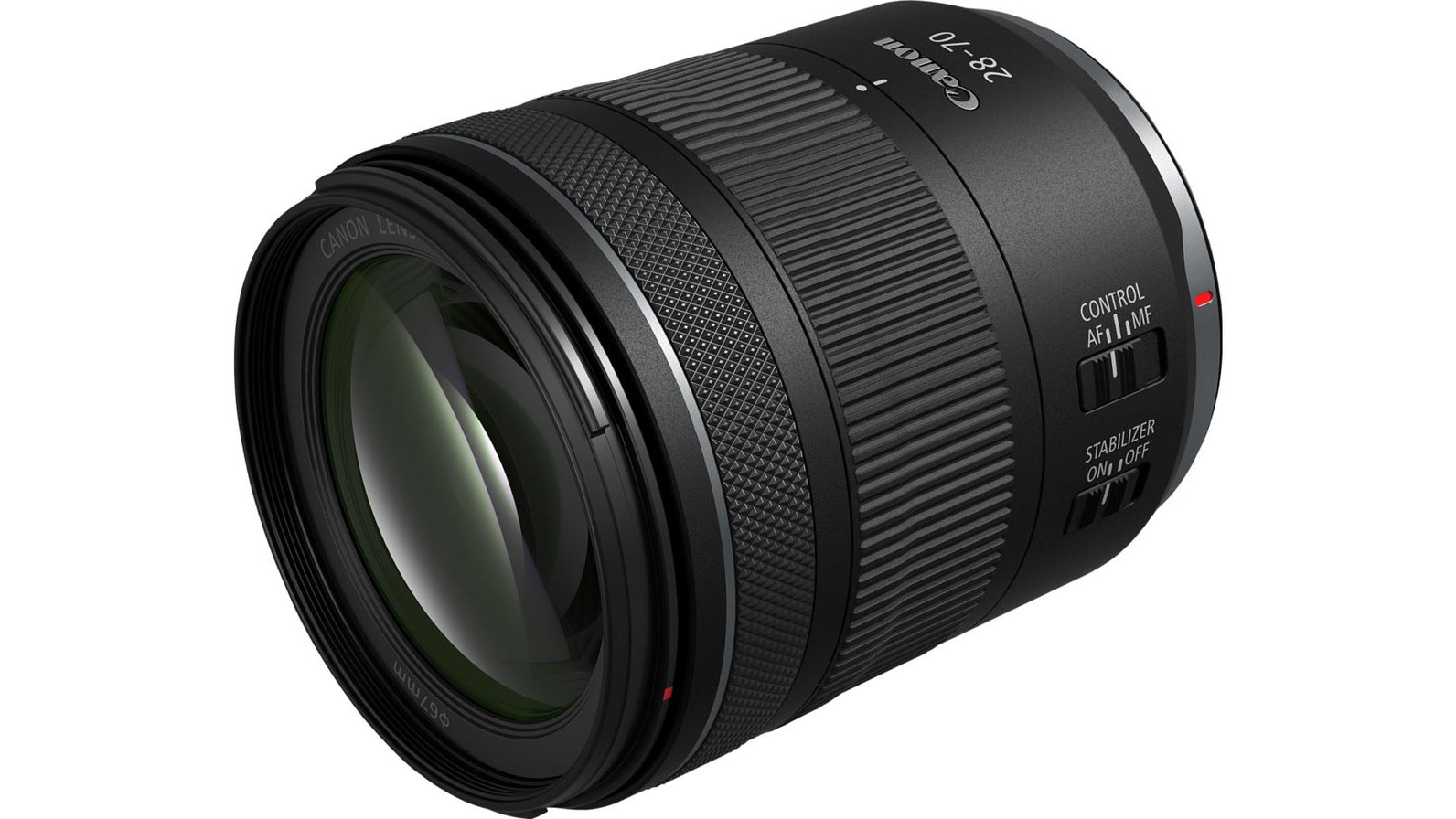
On top of that, we got a very useful travel zoom in the shape of the Canon RF 28-70mm f/2.8 IS STM. This was interesting for a couple of reasons: not only did it boast a practical zoom range and constant f/2.8 aperture throughout the zoom range, it’s also one of the rare non-L series lenses that received some weather sealing for better build quality.
Although still not cheap by any metric, it was considerably more affordable than the hybrid primes Canon was focusing on during 2024 (not to mention its gargantuan L-series equivalent, the RF 28-70mm f/2L prestige lens from 2018), and I hope we see more of these budget-friendly lenses in the future.
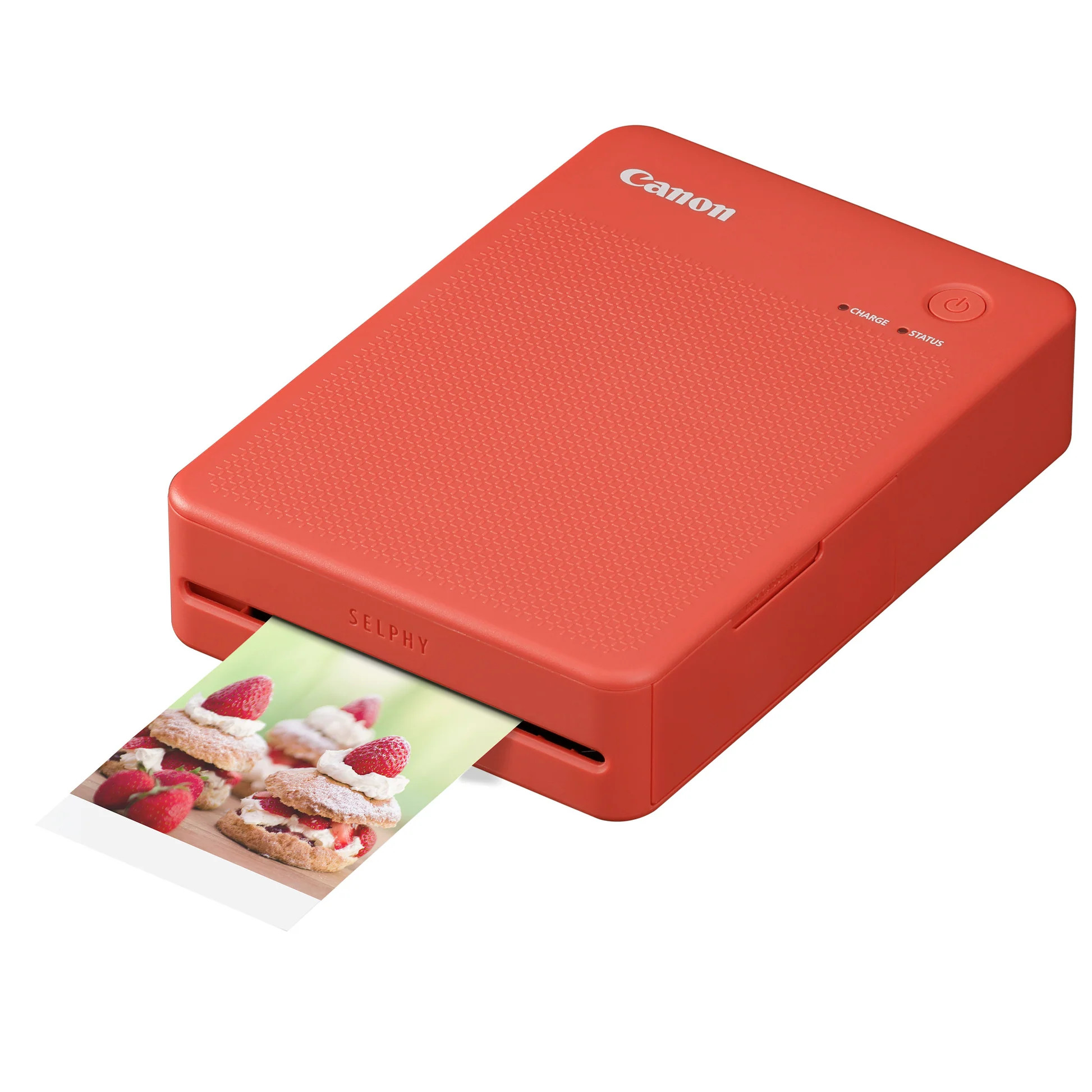
Finally in September we got the company's latest mini printer, the Canon Selphy QX20. This fun and compact portable printer can be brought with you on the go, so you can print your photos out in either 2.7x2.7” or 2.1x3.4” sizes over WiFi using the Selphy app for iOS or Android.
We're huge fans of the dye-sub printers, especially Canon's portable range (the Canon Selphy CP1500 having earned a 4½ star review and a Best in Show Award at The Photography & Video Show), so this was a definite high point of the calendar!
Hybrid Theory
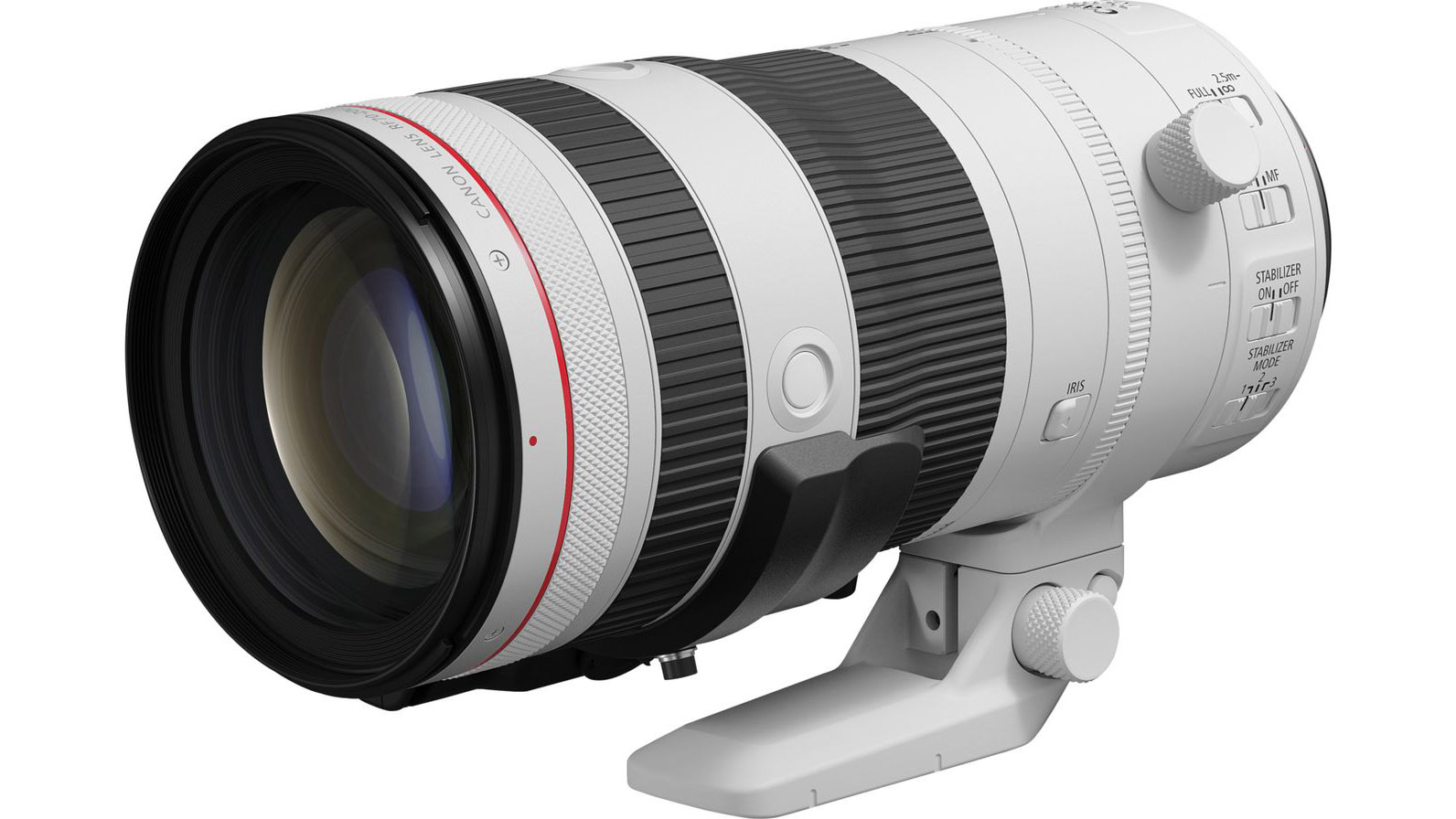
October rolled around and it seemed that Canon was holding its best until last. Well, when it came to lenses anyway – we had three new L-series hybrids to play with!
The Canon RF 70-200mm f/2.8L IS USM Z was the telephoto trinity lens that professionals were demanding. While the original Canon RF 70-200mm f/2.8L IS USM was very well received and portable, with its extending zoom barrel, many pros were pining for a 70-200mm f/2.8 with a fixed barrel length, internal zoom and focus, and teleconverter compatibility.
And, with the new 70-200mm Z, their prayers were finally answered. As a hybrid lens it featured a de-clicked Iris ring for smooth video transitions, along with Power Zoom compatibility (the "Z" in the nomenclature), plus it was the first ever Canon 70-200mm f/2.8 lens to be offered in black as well as white.

Continuing on from the 35mm f/1.4L launched back in June, Canon completed its trio of fast and lightweight hybrid primes, revealing its new RF 24mm f/1.4L VCM and RF 50mm f/1.4L VCM lenses – now adding a slightly wider and slightly more telephoto option to the lineup.
All three primes share identical proportions and very similar weights, making them a dream for videographers chopping and changing between lenses on a gimbal as it requires minimal adjustment. Plus they all share the same filter thread, so everything is interchangeable. As with all of Canon’s hybrid lenses, the new 24mm and 50mm primes boast a de-clicked Iris ring for smooth video transitions.
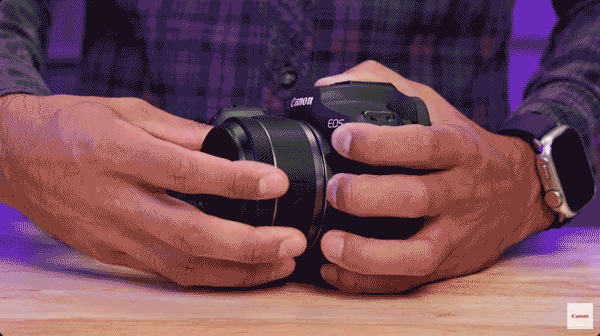
And last but not least, Canon "officially" added (after its initial reveal was reserved for Apple at the WWDC event) yet another dual lens optic to its roster: another budget-friendly proposition, the RF-S 7.8mm f/4 Dual Lens for VR on Canon’s APS-C mirrorless bodies.
Coming in at just $449 / £519 / AU$799, and intended for the more affordable cropped-sensor cameras, the idea is that this lens will help democratize 3D / VR content for creators who don't want to invest in top-end kit. Canon is betting big on AR, VR and 3D imaging, so it will be interesting to see if this takes off when we look at the year in review for 2025. See you next year!
You might also like…
Take a look at the best Canon cameras, along with the best Canon lenses for DSLRs and the best Canon RF lenses for mirrorless.







